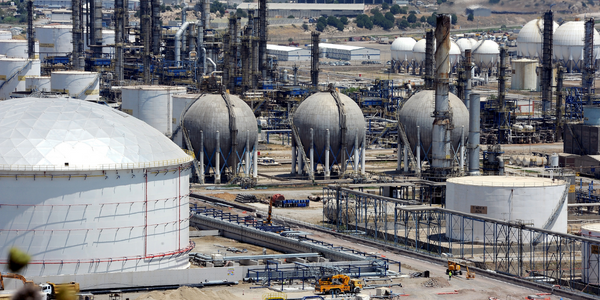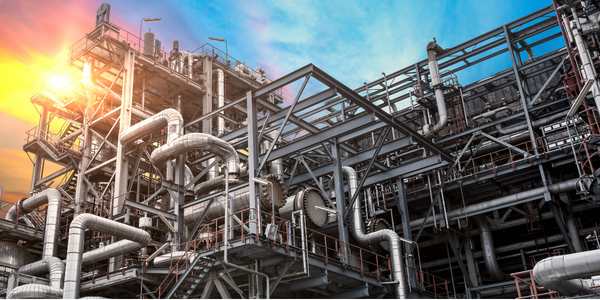
技术
- 分析与建模 - 预测分析
- 功能应用 - 企业资产管理系统 (EAM)
- 基础设施即服务 (IaaS) - 其他
适用行业
- 石油和天然气
适用功能
- 维护
用例
- 预测性维护
客户
贝克休斯
关于客户
在需求高峰期,贝克休斯的工作人员昼夜不停地开采石油和天然气储层。在一个井场,多达 20 辆卡车可以同时运行,容积式泵在高处注入水和沙子的混合物
挑战
如果活动现场的卡车出现泵故障,贝克休斯必须立即更换卡车以确保连续运行。向每个站点发送备用卡车会使公司损失数千万美元的收入,如果这些卡车在另一个站点积极使用,这些卡车可能会产生这些收入。无法准确预测阀门和泵何时需要维护是其他成本的基础。过于频繁的维护会浪费精力,并导致零件在仍然可用时被更换,而过于不频繁的维护可能会损坏泵而无法修复。
解决方案
使用 MATLAB 分析近 1 TB 的数据,并创建一个可以在机器故障发生之前预测它们的神经网络
运营影响
数量效益

Case Study missing?
Start adding your own!
Register with your work email and create a new case study profile for your business.
相关案例.

Case Study
Taking Oil and Gas Exploration to the Next Level
DownUnder GeoSolutions (DUG) wanted to increase computing performance by 5 to 10 times to improve seismic processing. The solution must build on current architecture software investments without sacrificing existing software and scale computing without scaling IT infrastructure costs.

Case Study
Remote Wellhead Monitoring
Each wellhead was equipped with various sensors and meters that needed to be monitored and controlled from a central HMI, often miles away from the assets in the field. Redundant solar and wind generators were installed at each wellhead to support the electrical needs of the pumpstations, temperature meters, cameras, and cellular modules. In addition to asset management and remote control capabilities, data logging for remote surveillance and alarm notifications was a key demand from the customer. Terra Ferma’s solution needed to be power efficient, reliable, and capable of supporting high-bandwidth data-feeds. They needed a multi-link cellular connection to a central server that sustained reliable and redundant monitoring and control of flow meters, temperature sensors, power supply, and event-logging; including video and image files. This open-standard network needed to interface with the existing SCADA and proprietary network management software.

Case Study
Refinery Saves Over $700,000 with Smart Wireless
One of the largest petroleum refineries in the world is equipped to refine various types of crude oil and manufacture various grades of fuel from motor gasoline to Aviation Turbine Fuel. Due to wear and tear, eight hydrogen valves in each refinery were leaking, and each cost $1800 per ton of hydrogen vented. The plant also had leakage on nearly 30 flare control hydrocarbon valves. The refinery wanted a continuous, online monitoring system that could catch leaks early, minimize hydrogen and hydrocarbon production losses, and improve safety for maintenance.






